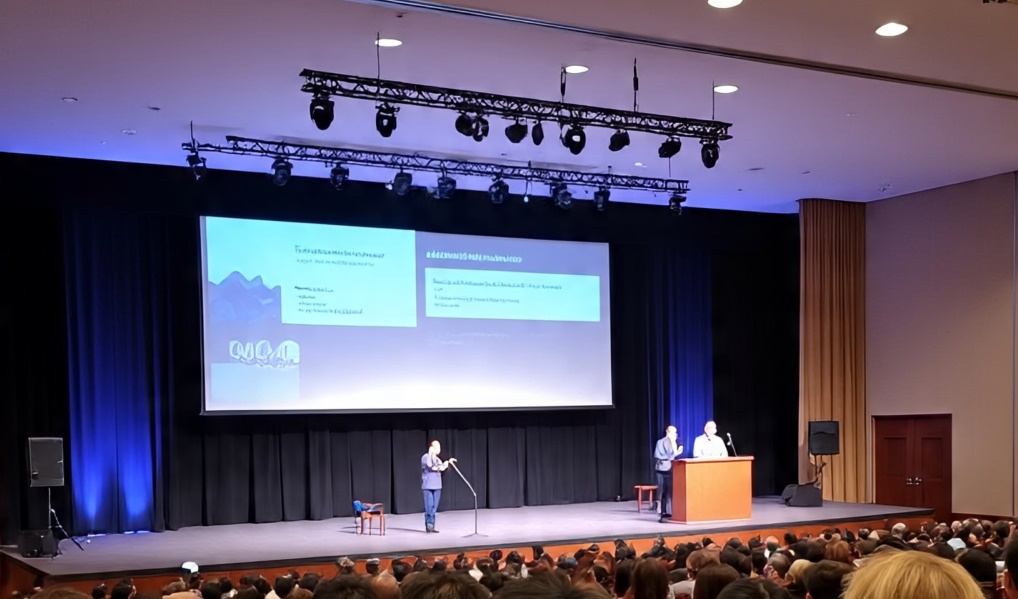Study of Regional Planning for the New Autonomous Area of Southwest Papua Province Using Shift-Share Analysis
Keywords:
New Autonomous Region, Regional Planning, Shift ShareAbstract
The contribution of the economic sectors in 2022 in Southwest Papua Province to the total GRDP differs from one another; the sector with the largest contribution is the manufacturing sector, which is 19.92 percent, followed by the construction sector, which is 14.25 percent, followed by the quarrying and mining sector, which is 13.37 percent, while the sector with the lowest contribution was the electricity and gas procurement sector, which was 0.06 percent. The analytical method used in this research is shift-share analysis. The results of the study show (a) Positive growth in the national economy has had a positive impact on economic sectors in Southwest Papua Province, and the sector that has the greatest impact on national-level economic growth is the manufacturing sector while the smallest is the electricity and gas procurement sector ; (b) Based on proportional growth, influenced by the growth of the same sector at the national level, where positive growth in the mining and quarrying sector, the information and communication sector, the health services sector and social activities, as well as other service sectors at the national level causes the rapid growth of these sectors the same in Southwest Papua Province; (c) Based on the calculation results, there are only two sectors in Southwest Papua Province that have competitiveness against the same sector at the national level, namely the Electricity and Gas Procurement sector and the Food and Drink Accommodation Provision sector; (d) There is only one economic sector with progressive growth, namely the information and communication sector and as many as sixteen economic sectors that have a backward growth.
References
Adha, A. A. and Andiny, P. (2022). Influence of Labor and Investment in the Agricultural Sector on the Growth of the Agricultural Sector in East Java Province. Jurnal Mahasiswa Teknologi UNESA, 6(1), 1–18.
Alam Masruri, F., Cahyono, & Nugrahana Fitria Ruhyana. (2021). Analysis of Determining Leading Sectors in Sumedang Regency, West Java Province. Coopetition: Scientific Journal of Management, 12(1), 31–44.
Average Chigwenya, & Prisca Simbanegavi. (2020). Including Urban Informality for Economic Development in Masvingo City, Zimbabwe. Indonesian Journal of Social and Environmental Issues (IJSEI), 1(3), 137-149.
Basuki, M. & Mujiraharjo, F. N. (2017). Analysis of Leading Sectors in the Sleman Regency Using the Shift Share and Location Quotient Method. Journal of Science, Technology, and Industry, 15(1), 52–60.
Kusuma, S. (2016). Analysis of Economic Structure and Economic Growth in the Ternate. Journal of Scientific Efficiency 16(2), 507–516.
Latuny, E. M. (2014). Analysis of the Leading Sectors in Maluku Province. Journal of Economics, 8(2), 148–157.
Muhamad Paizal, Iwan Kusnadi, & U. Sulia Sukmawati. (2023). Analysis of Economic Growth and Economic Structure of the Sambas Regency through the Location Quotient and Shift Share Approach 2017–2022. Shar-E: Journal of Sharia Economic and Law Studies, 9(2), 53–69.
Rajab, A., & Rusli. (2019). Determination of Leading Sectors in the Takalar Regency through Klassen Typology Analysis. GROWTH: Scientific Journal of Economic Development, 1(1), 16–38.
Salakory, H. S. M., & Matulessy, F. S. (2020). Shift-Share Analysis of Sorong City Economy. BAREKENG: Journal of Mathematics and Applied Sciences, 14(4), 575–586.
Sapriadi, and Hasbiullah. (2015). Analysis of leading sectors in the Bulukumba Regency Economy. Jurnal Iqtisaduna, 1(1), 71–86.
Sudirman, F. A., & Rifai, R. (2021). Private Sector Contribution in Achieving the Sustainable Development Goals (SDGs) 7 in Kendari, Indonesia. International Journal of Qualitative Research, 1(1), 55-60.
Wijayanto, L. H., & Muin, M. F. (2020). Analysis of Development Performance of the New Autonomous Region in Indonesia 2010-2014: Profile and Determinant. Indonesian Journal of Social and Environmental Issues (IJSEI), 1(2), 53-62.




